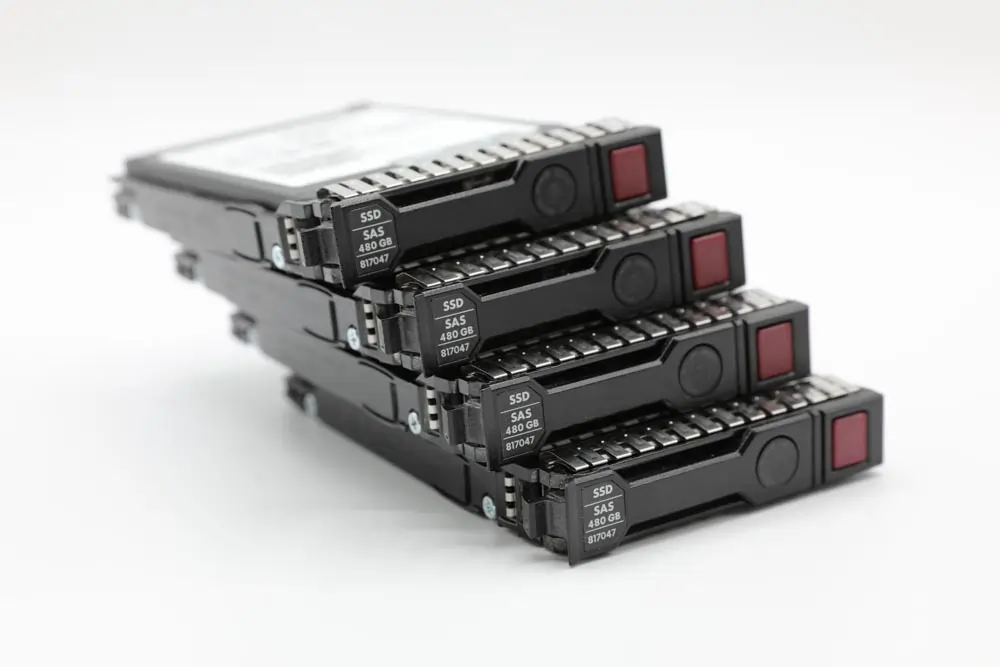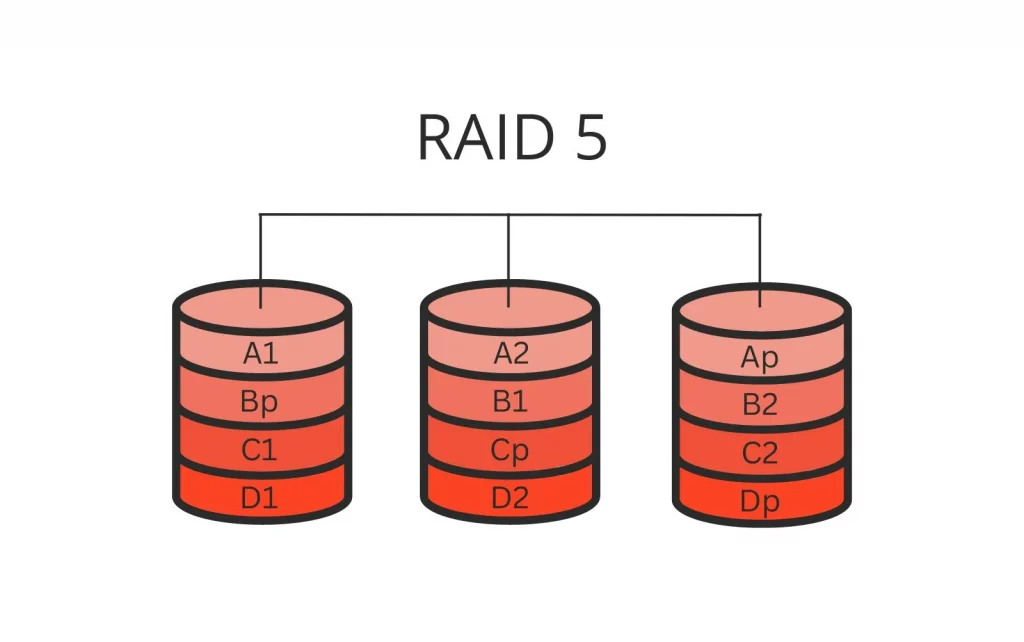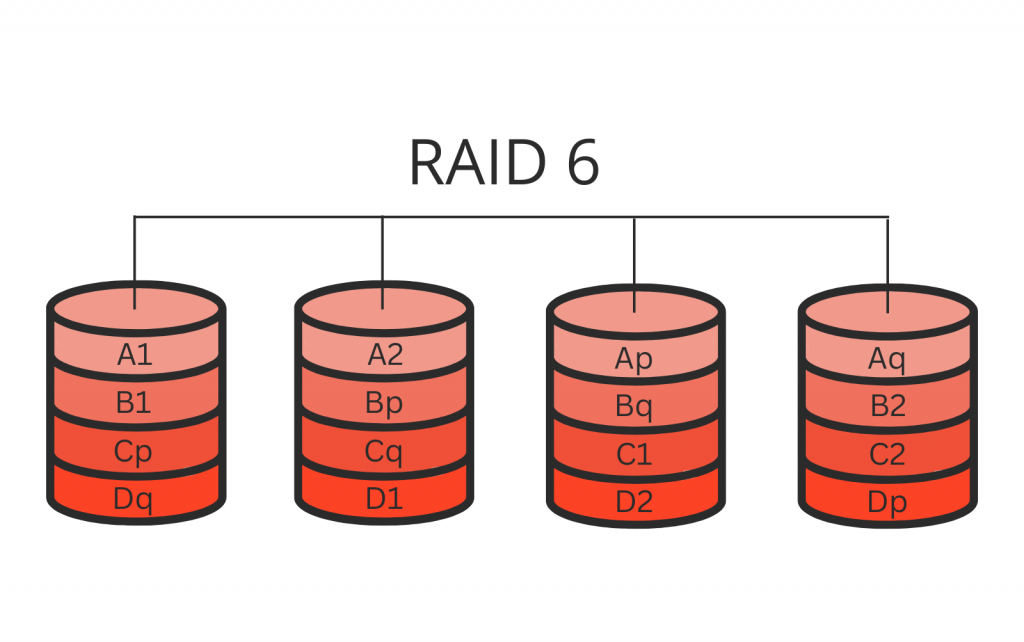Ensuring the integrity and availability of digital information heavily relies on the concept of “parity” in data storage and redundancy. In the context of RAID technology, it is an error-checking and fault-tolerance mechanism crucial in preventing data loss due to disk failures. In order to gain a deeper understanding of this fundamental aspect of data management, examining the definition and significance of parity within RAID arrays is important.
How parity works - Understanding Binary Parity
Parity is a smart technique utilized to detect and recover data errors within a set of binary digits. In the context of RAID, it is mainly used to safeguard against data loss due to disk failures. Let’s delve into the basics of parity to comprehend its working mechanism. We will explore the core concepts and principles that underlie it.
At its core, binary parity relies on even or odd parity. Each data element is represented in binary form, consisting of 1s and 0s. Even parity provides that the total count of 1s in a binary sequence is always even, while odd parity guarantees an odd count.
The receiving system can detect errors during transmission or storage in the case of even parity. This is possible by appending an additional bit, known as the parity bit, to the data.

The parity bit is calculated to ensure that the total count of 1s in the data is even. When a single bit flips, the receiver will notice the inconsistency and can either request a retransmission or initiate error correction.
What is Parity in RAID
Two parity techniques, RAID arrays, commonly use one of RAID 3 and RAID 5.
RAID 3 Parity
RAID 3 employs dedicated parity disks to store parity information. It creates a corresponding parity block for each data block. If a disk failure results in data block loss, the system can reconstruct it using the associated data blocks and parity blocks.
Pros: RAID 3 can perform high data transfer rates for extensive files.
Cons: It is unsuitable for random access operations because it relies on a single dedicated parity disk.
RAID 5 Parity
RAID 5 distributes parity information across all the disks in the array, providing better performance and fault tolerance than RAID 3, which uses dedicated parity disks.
In a RAID 5 setup, the system divides the data into blocks and computes parity information for each block. Then, the system distributes these data blocks and parity information across all the drives.
If one of the drives fails, the system can reconstruct the data from the failed drive by using the remaining data blocks and parity information from other drives.

Pros: RAID 5 provides fine performance and fault tolerance, making it appropriate for various applications.
Cons: Writing-intensive workloads may be less efficient due to the need to recalculate parity with each write operation.
Parity Calculation
The calculation involves performing bitwise XOR (exclusive OR) operations on corresponding bits in the data blocks. The parity bit is obtained by performing an XOR operation on the bits. This procedure is repeated for each block, generating a set of parity bits useful for detecting and repairing errors. Essentially, parity provides a safety net in RAID arrays, enabling lost data to be reconstructed during a disk failure.
It’s a fundamental mechanism that enhances data resilience and guarantees that vital information remains uncorrupted even when confronted with hardware problems. Understanding the operation of parity is critical to grasping the strength of RAID technology in safeguarding data.
What is Double Parity in RAID?
Double parity, also known as dual parity, is a redundancy technique used in some advanced RAID configurations to provide more data protection than single parity RAID configurations like RAID 3 and RAID 5. Double parity RAID uses two sets of parity information to protect data against multiple drive failures.
The most common double parity RAID level is RAID 6, an extension of RAID 5. In RAID 6, data is striped across multiple drives, just like in RAID 5, but instead of using a single parity block to protect against a single drive failure, RAID 6 uses two parity blocks. Even if two drives fail simultaneously, the system can still reconstruct the data.

- Redundancy Against Multiple Failures: High availability and data integrity are essential for certain systems, and RAID 6 can ensure both by allowing the array to sustain the loss of two drives without any data loss. This level of redundancy is critical for maintaining the system’s reliability and uninterrupted access to data.
- Capacity and Performance: The RAID 6 array, similar to other RAID configurations, relies on the number of drives in the system for its capacity and performance. Although it offers satisfactory read performance, it could be slower for write-intensive tasks because it requires computing and updating two parity blocks.
- Complexity: RAID 6 is more complex to implement than single parity RAID levels like RAID 5. It requires additional computation for the dual parity blocks, which can impact performance and require more sophisticated RAID controllers.
- Minimum Drives: RAID 6 typically requires a minimum of four drives to operate, requiring at least two data drives and two parity drives.
Double parity RAID is an ideal solution for scenarios where ensuring data integrity and fault tolerance are of utmost importance, such as in enterprise storage systems and NAS devices. Offering an additional layer of protection helps mitigate the risk of data loss that may occur due to multiple drive failures, a crucial aspect for companies that rely heavily on their data.
It is important to recognize that even though double parity RAID offers exceptional safeguarding from drive failures, it does not replace the necessity for frequent backups. Backups continue to be a crucial element of any comprehensive data protection plan to protect against other forms of data loss, such as unintentional deletions, data corruption, or devastating situations like fires and floods.
Comprehending the importance of parity in RAID configurations is vital for data security. Whether single or double parity RAID, it’s your safety net against data loss due to drive failures. In case of a RAID failure, rely on experts like PITS Global Data Recovery Services. Our specialized knowledge and tools ensure the best chance of data recovery, safeguarding your critical information.
Remember, RAID is one layer of protection; regular backups remain essential. With RAID and backups in place, your data is secure, even when faced with unexpected challenges.
Frequently Asked Questions
What is parity in RAID?
Parity in RAID is a technique of error-checking and fault tolerance. It involves storing additional data (parity data) alongside actual data to help recover lost or corrupted data in the event of a drive failure.
What is the meaning of the word parity?
“Parity” refers to the condition of having equal or corresponding value, significance, or effect. When applied to RAID, it represents a technique for preserving the completeness and availability of data by providing data integrity and redundancy.
Which parity RAID is best?
The choice of the best parity RAID level depends on your specific requirements. RAID 5 and RAID 6 are commonly used for redundancy. RAID 5 offers good performance and fault tolerance but can be vulnerable during rebuilds. RAID 6, with double parity, provides greater fault tolerance but may require more drives.
Which RAID types have parity?
RAID 3, RAID 5, RAID 6, and some variations such as RAID 2 and RAID 4 incorporate parity to protect against drive failures and ensure data reliability. Parity data is used actively to achieve this goal.
What is double parity in RAID?
RAID 6 often incorporates double parity, which utilizes two sets of parity data to provide extra fault tolerance. This technology can handle the malfunction of two drives in the RAID array, thus making it an ideal option for settings where safeguarding data integrity is of utmost importance.


